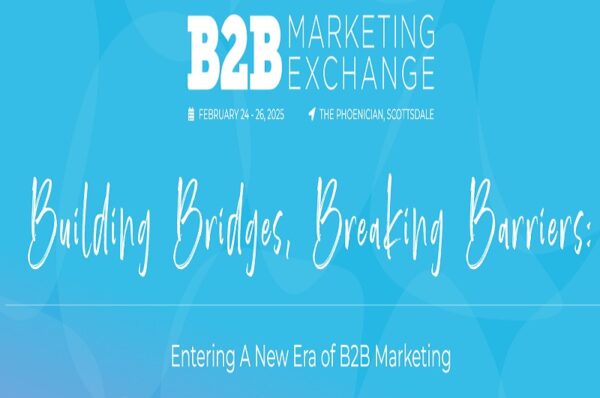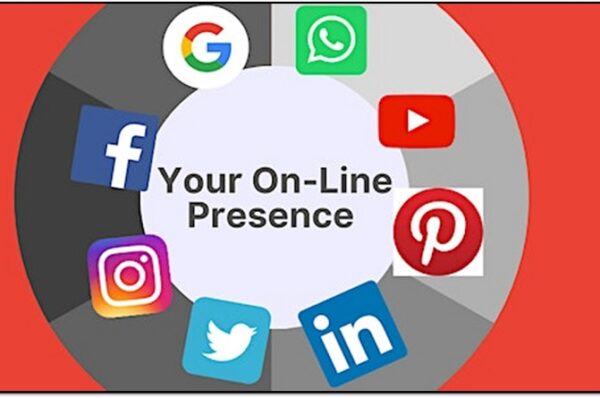Reinventing Web Design: Grapes Studio Lets Small Businesses Build Sites in Minutes
Latest
- December 31, 2025
News
Featured News
Trending News
Reinventing Web Design: Grapes Studio Lets Small Businesses Build Sites in Minutes
For more than twenty years, small businesses have depended on WordPress to run their websites, often shouldering high hosting costs,
Zight’s Latest Upgrades Simplify Visual Communication for Support Teams
Zight, the AI-powered visual communication platform, has unveiled three major updates designed to help teams resolve issues faster, minimize unnecessary
Linney Create Selects Screendragon to Drive Efficiency and Growth in Creative Operations
Leading UK creative marketing agency Linney Create has announced its selection of Screendragon software to drive growth, improve efficiency, and
FADEL Joins AWS Marketplace and Agentic AI Partner Programs to Accelerate Cloud Innovation
FADEL, a global innovator in AI-powered brand compliance and licensing software, has announced its plans to join the AWS Marketplace
The AI and automation strategies of Cobalt Keys LLC revolutionize digital marketing
Cobalt Keys LLC is a dynamic marketing firm dedicated to amplifying the digital presence of professional corporations. With a strong
Mindmatrix, the leader in Ecosystem Orchestration Solutions (EOS), adds Alliance Management Module to its Bridge
Mindmatrix, the leader in ecosystem orchestration solutions (EOS), has expanded the capabilities of its next-generation PRM and partner marketing platform,
Globant FUSION: the new suite of AI Agents for full-funnel marketing and advertising
Globant (NYSE: GLOB), a digitally native company dedicated to reinventing business through innovative technology solutions, announced today the launch of Globant FUSION for its
Rank Prompt Launches as Pioneering Platform to Optimize Brand Visibility in AI Search Engines
Measuring and optimizing business visibility across AI’s most powerful assistants just became possible with Rank Prompt. The revolutionary platform, developed by a
RESOURCES
Articles
Infographics
Celebrating Birthdays in the Digital Age: How
Birthdays have always been a time for connection. Whether it’s a child excited for their first big party, a teen
The Future of AI in Marketing and
In today’s digital landscape, marketing and creative professions are undergoing a remarkable transformation driven by artificial intelligence. AI is revolutionizing
2023 SEO Predictions: How ChatGPT is Changing
As we move into 2023, ChatGPT is ubiquitous and big questions are being raised about the impact of ChatGPT and
4 ways to tailor your event marketing
Maximizing sponsorship amounts and increasing visibility should be pressing priorities for brands when creating an event marketing strategy. But responding
Whitepaper
How Employee Satisfaction Will Help
Customer satisfaction and customer centricity have moved up on the agenda for most companies. It has become clear that a
Video
On demand webinar
Thumzup Advertiser Testimonial with Company Overview
Thumzup Media Corporation (Thumzup) is democratizing the multi-billion dollar social media branding and marketing industry. Its flagship product, the Thumzup
IKEA partners with Social Native to enhance the customer experience
IKEA, the world’s largest furniture retailer, produces over 200,000 content assets globally through their in-house production agency, but needed a
Digital Turbine for Brands & Agencies – Unlocking Awareness &
DT Reach uses an unmatched in-app and on-device scale with award-winning creativity to exceed your branding and awareness goals. With
Event
upcoming conferences
live-webinars
LeadsCon 2025
The world’s largest conference and exposition on lead-generation attended by thousands of Fortune 1000 marketers, lead-buyers, procurement teams, agencies and
The MarTech Summit Asia
Over the course of two days and across three stages, we’ve curated an immersive experience to delve into the latest
B2B Marketing Exchange West
The future of B2B marketing is ready to take shape, and we’re laying down the foundation for a brand-new era
2023 Advertising and Media Data
2022 saw many changes in advertising, media and entertainment. And 2023 is shaping up to be no less transformational for
Creating a Strong Online Presence
The key to a successful real estate business – Having a strong online presence! In this class, we will give you
Youth Marketing Strategy Los Angeles
YMS is focused on how brands can better understand and target the Gen Z market. Returning to the West Coast
















